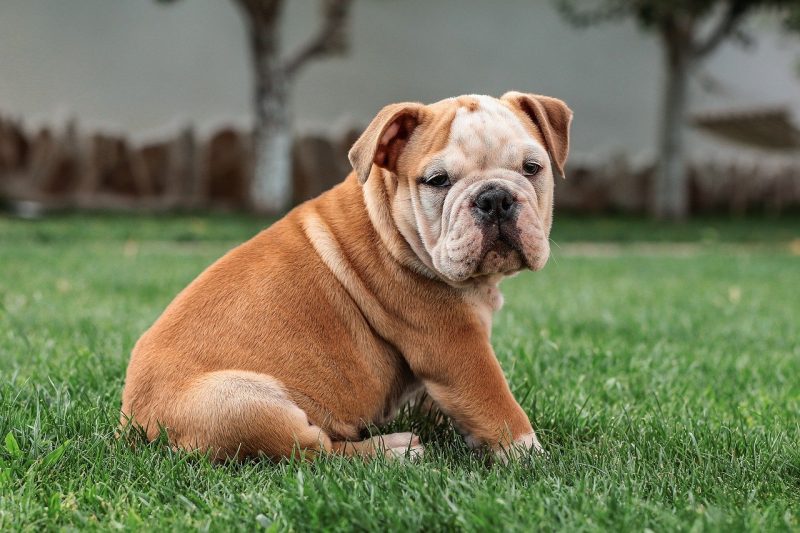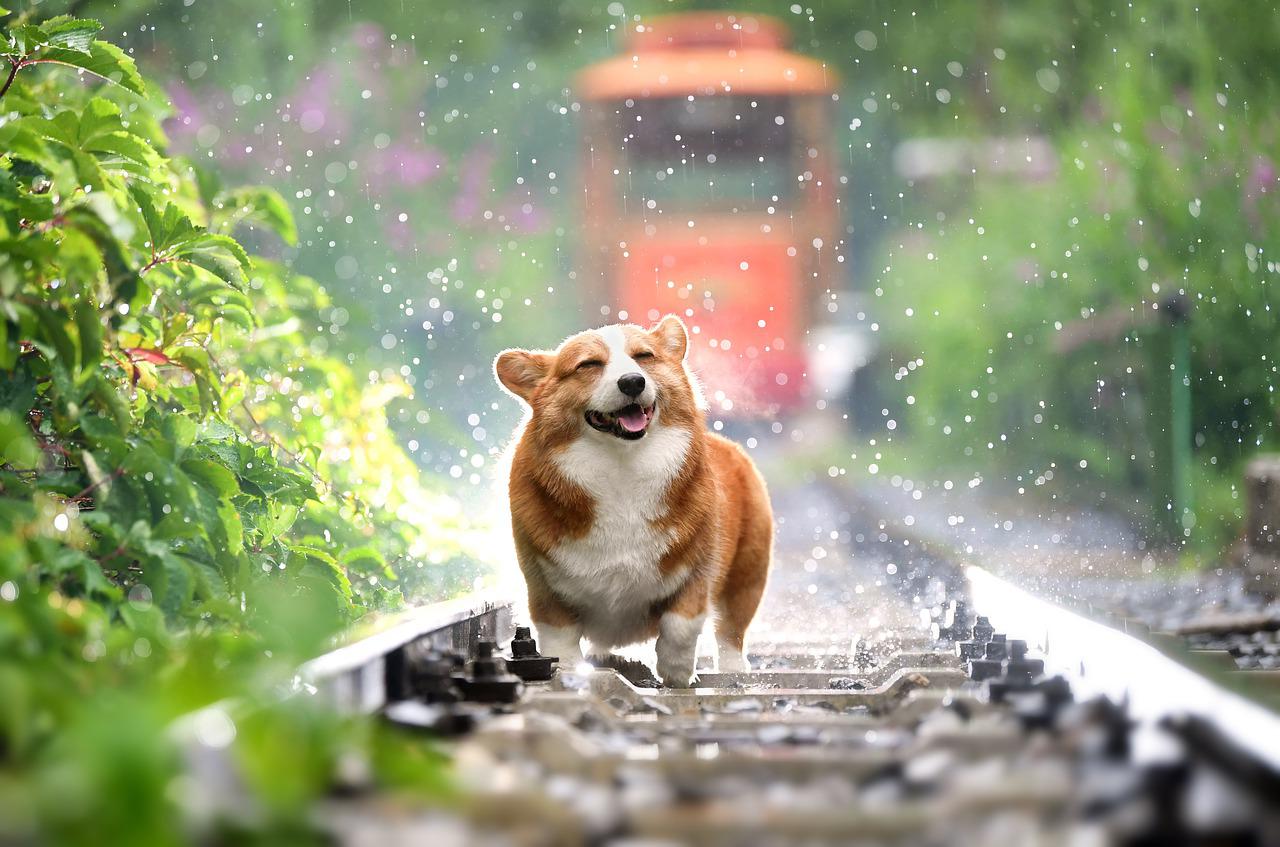What breed doesn’t tell you
You may have seen the recent study that came out looking at the correlation between breed and behavior. In short, researchers determined through surveying nearly 20,000 dogs from a wide variety of backgrounds that “dog breed is generally a poor predictor of individual behavior and should not be used to inform decisions relating to selection of a pet dog.”
Which is something we’ve been saying for a while. Trust us; we talk to a lot of pet owners, and the idea that certain breeds act certain ways is still very prevalent. But we know what we see with our own eyes, and this study shows that breed only accounted for nine percent of behavioral differences in individual dogs.
That doesn’t mean that there’s no correlation. A breed that was created to herd other animals, like an Australian shepherd, may be more likely than other breeds to do exactly that, but just because they’re an Australian shepherd doesn’t mean you should expect them to exhibit that behavior just because.
The American Kennel Club has ratings on sociability, whether they’re good with children, etc. But there’s a reason we’re not linking to it here: honestly, it doesn’t give you the whole picture, which this study points to. More than that, “breed standards” are the result of a long history of selecting for certain characteristics. That doesn’t mean that every dog of that breed will act the same way. Life, as they say, finds a way. And making assumptions about a dog’s behavior based on breed is unfair to them, especially when you’re looking for one to share your life with.
And anyway, why do we breed dogs like this, anyway?

Why we breed (then and now)
Our history with breeding goes back as far as our earliest days domesticating dogs, who were originally wolves. As wolves slowly became part of our own pack, we selected for dogs who were, of course, more friendly and tame. After all, who are you going to share your extra meat with: a snarling wolf that won’t come near you, or a partially tame wolf-dog that hangs around and alerts you to danger?
So we slowly domesticated the dog, and as we did so we began selecting for other characteristics, primarily job-related. Sled-pulling, herding, hunting; those types of things. There weren’t a ton of breeds because we only really needed a few.
So what changed? As ever, money and status inserted its grubby little mitts into the cookie jar.
As proof: you’ve seen them; I know you have. Those old paintings of rich people with their little dogs. This was how we ended up with more breeds. Having a little dog specifically bred for you was a sign of being an aristocrat, above the common people (not so different from today, when being able to afford to clone your pet is starting to indicate wealth and status).
In the Victorian age, we have the rise of the middle class, who didn’t live on farms and so didn’t need working dogs. And as we had with the rise of the middle class in the United States later on, they wanted to emulate their “betters.” In the US it took the form of owning a lawn. In Victorian times, it was owning a dog that had been bred for looks rather than purpose. The first dog shows were put on in the 1860s, and so now people were competing to see who had the “best” dog. It’s a long way from herding sheep.
And maybe you’re thinking, well, okay if that’s the bad part, at least it isn’t causing problems. But that’s not quite the case.

The Downside
As time went on, folks started selecting for more and more extreme characteristics. The bulldog is a great example of this, especially as described by Theophanes Avery of Pet Helpful:
Bulldogs in the 1800s and before looked very much like a pit bull does today.
They were often somewhat tall and agile with only a somewhat blunted snout—maybe even a little longer than a current boxer’s snout. They could function perfectly as both a companion and a vicious opponent in the fighting ring against bears, rats, other dogs, or exotic animals.
Eventually, blood sports became illegal, but bulldogs had been around a long time and had a lot of fans. Pet breeders stepped in and took over the breed. Instead of breeding for agility and endurance, they decided to focus on that snout, making it increasingly shorter through successive generations until 40 years down the line, their snouts were pretty much nonexistent. They also bred for shorter and more muscular dogs that gave the appearance of endurance even though it no longer had the gladiatorial abilities it once had.
Bulldogs are now one of the shortest living breeds. They have such enormous heads at birth that many are only capable of bearing puppies only by C-section. Their extreme, pushed-in noses leave them susceptible to breathing problems and respiratory infections. In fact, when they drink, their tongues often fling water up their noses. They now overheat very easily, as a dog’s muzzle and long nose serve as a natural cooling system.
Their heavy bone structure also makes them prone to things like hip dysplasia, and rampant inbreeding by puppy mills and other people who are trying to make cash has made them even weaker with skin problems on top of all this.
This is the end result of our obsession with being able to get the “perfect” dog with the “perfect” characteristics. If we lived in a “perfect” world, we wouldn’t allow folks to profit off of the propagation of breeds that are inherently unhealthy and literally couldn’t survive without our help. We wouldn’t be able to say that most dog breeds are inbred beyond the acceptable genetic tolerance. We would look at ethical ways to breed unhealthy characteristics out of them. Perfect isn’t part of the equation, clearly, so let’s look at the reality and what we can do.
Educate yourself
First things first: know your dog. As much as you can, obviously. But if you have a dog that’s a particular breed, do your research. Certain breeds are prone to certain health problems, so if you’re looking for, say, a golden retriever, do the research and see that they’re prone to hip problems. If you’re looking at a pug, understand that that dog has a higher risk of dying of asphyxiation or overheating.
And there is a great resource online for you to do exactly that. The University of Prince Edward Island has a fantastic database of inherited canine disorders so you can see at a glance what you might be in for. And your vet, obviously, is a great source of information, especially since they can test and watch out for certain disorders and mitigate any problems.
And again, when it comes to behavior, don’t let the idea of their breed cloud your vision in terms of what you’re looking for in a dog. Breed can indicate certain behaviors, but it’s always good to ask plenty of questions about temperament, energy level, and so on, so that you can have clear expectations about what life with your new friend will be like. That’s one of the reasons that it’s so great to get your dog from a rescue or shelter: they work with those dogs every day and want them to go to a good home. They’re going to give you all the information you need to make a good decision and set you both up for success.
Plenty of purebred dogs are available from rescues and need forever homes, and you might be the perfect person for one of them. But along with that comes understanding what the future may hold so you can prepare for it, and make sure you’re giving the best life possible to your furry friend.


